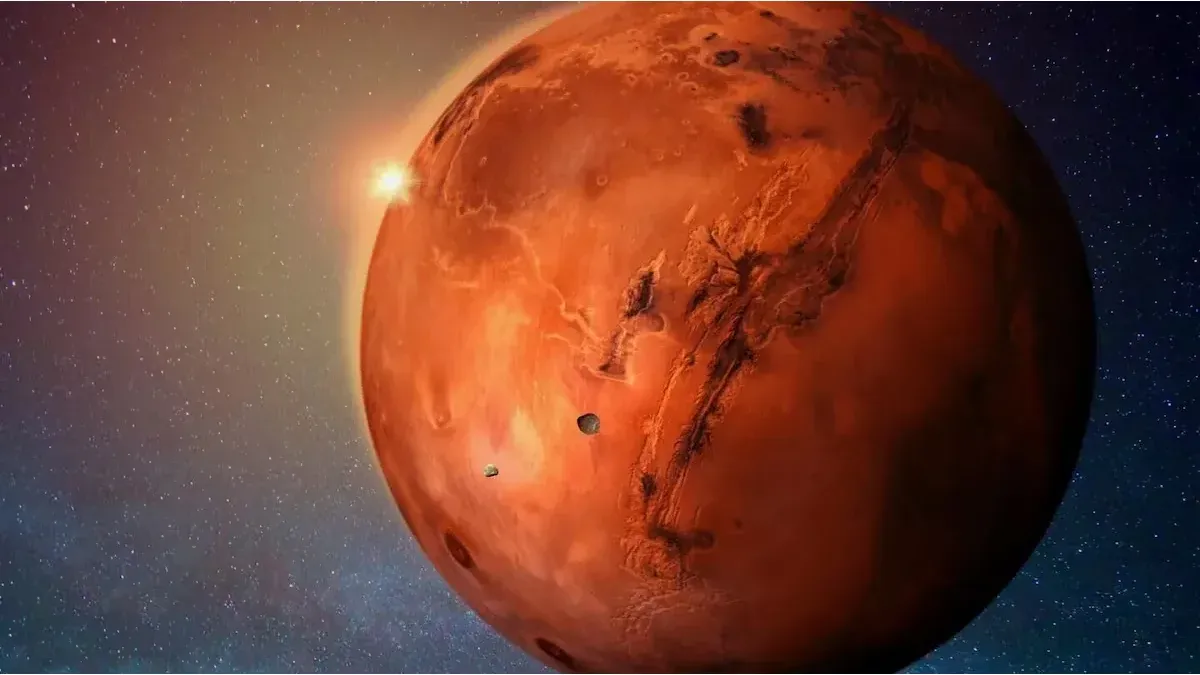The origin of these molecules remains uncertain, since they could come from abiotic or biological sources, the discovery was made by European scientists.
A group of researchers detected the longest organic molecules found to date. These could indicate that there was life on Marsidentified as the red planet. The Astrobiology Center of Spain and the National Center for French Scientific Research (CNRS), which headed it.
The content you want to access is exclusive to subscribers.
The discovery was at the load of the Sam instrument (Analysis of samples on Mars), which carries on board the Curiosity Rover of the POTwhich had previously identified organic compounds.


The study informs the discovery of a series of compounds formed by carbon and hydrogen, long chain linear, specifically, the Dean (C10H22), undecano (C11H24) and DODECANO (C12H26). These long carbon chains, which contain up to 12 consecutive carbon atoms, could have similar characteristics to fatty acids produced on Earth by biological activity.
NASA Mars.png

The tool used for the discovery belongs to NASA.
POT
The climate on Mars preserves the molecules.
The absence of geological movements and the cold and arid climate of Mars have allowed to preserve that organic matter in a clay rich for 3.7 billion years, that is, the time when life appeared on earth. The rocks can preserve organic molecules for millions of years and, in the case of Mars, if one day there was life, their firm could be found in the stones.
The next CNRS studies
This new finding opens the way to CNRS for future interplanetary scientific missions in search of complex chemistry traces close to life. This will be one of the objectives of exomars, a mission on Mars that will start in 2028.
Source: Ambito




